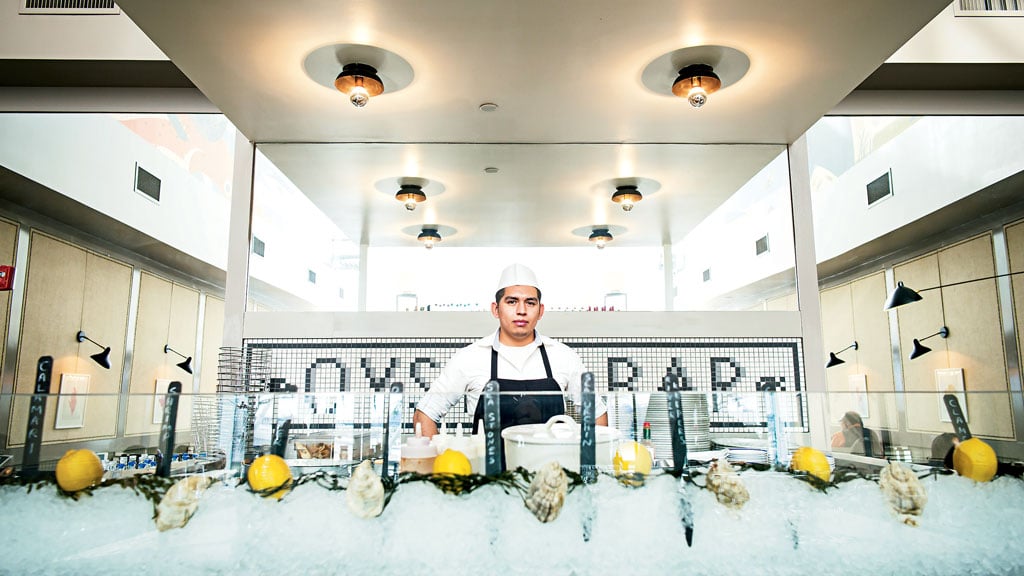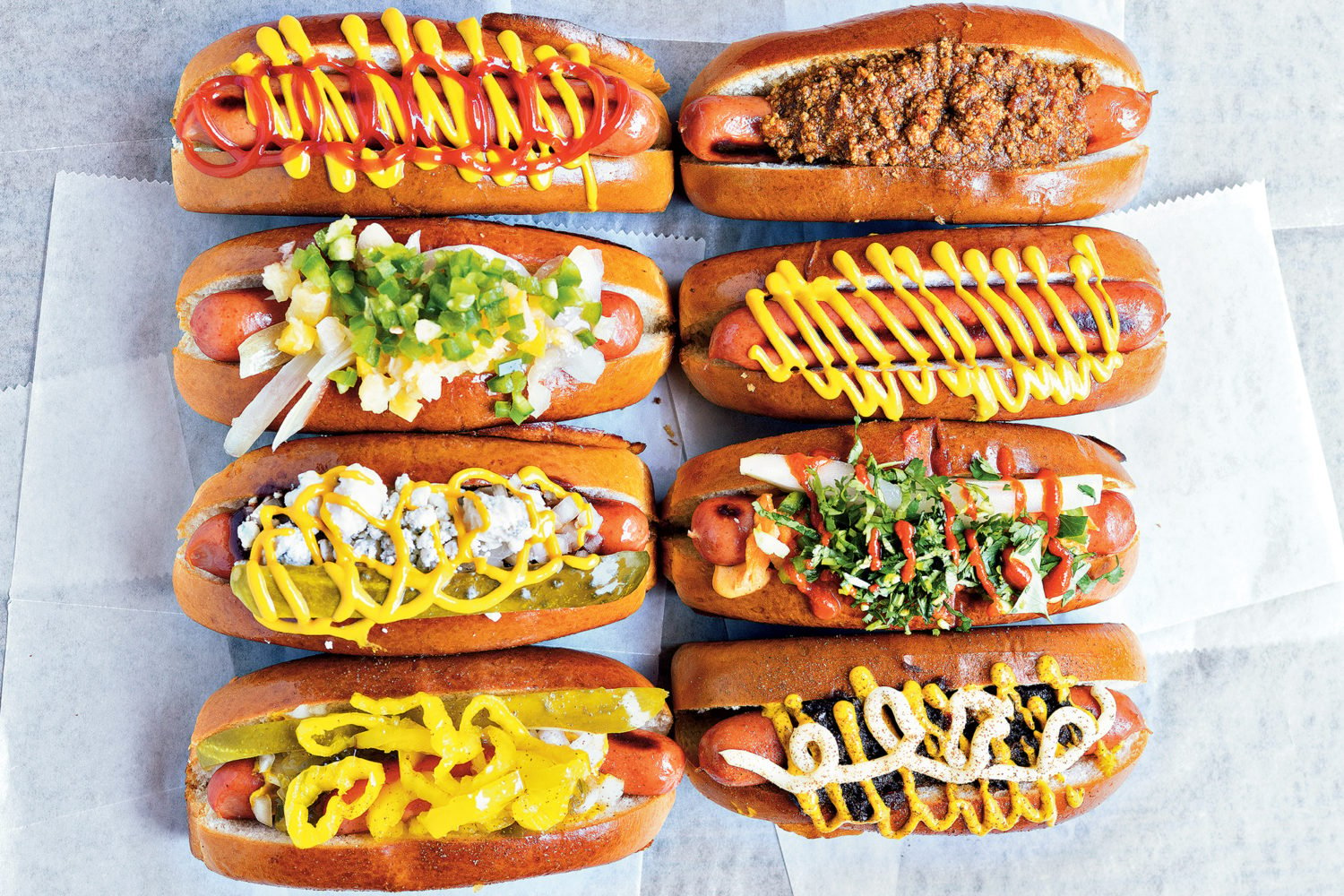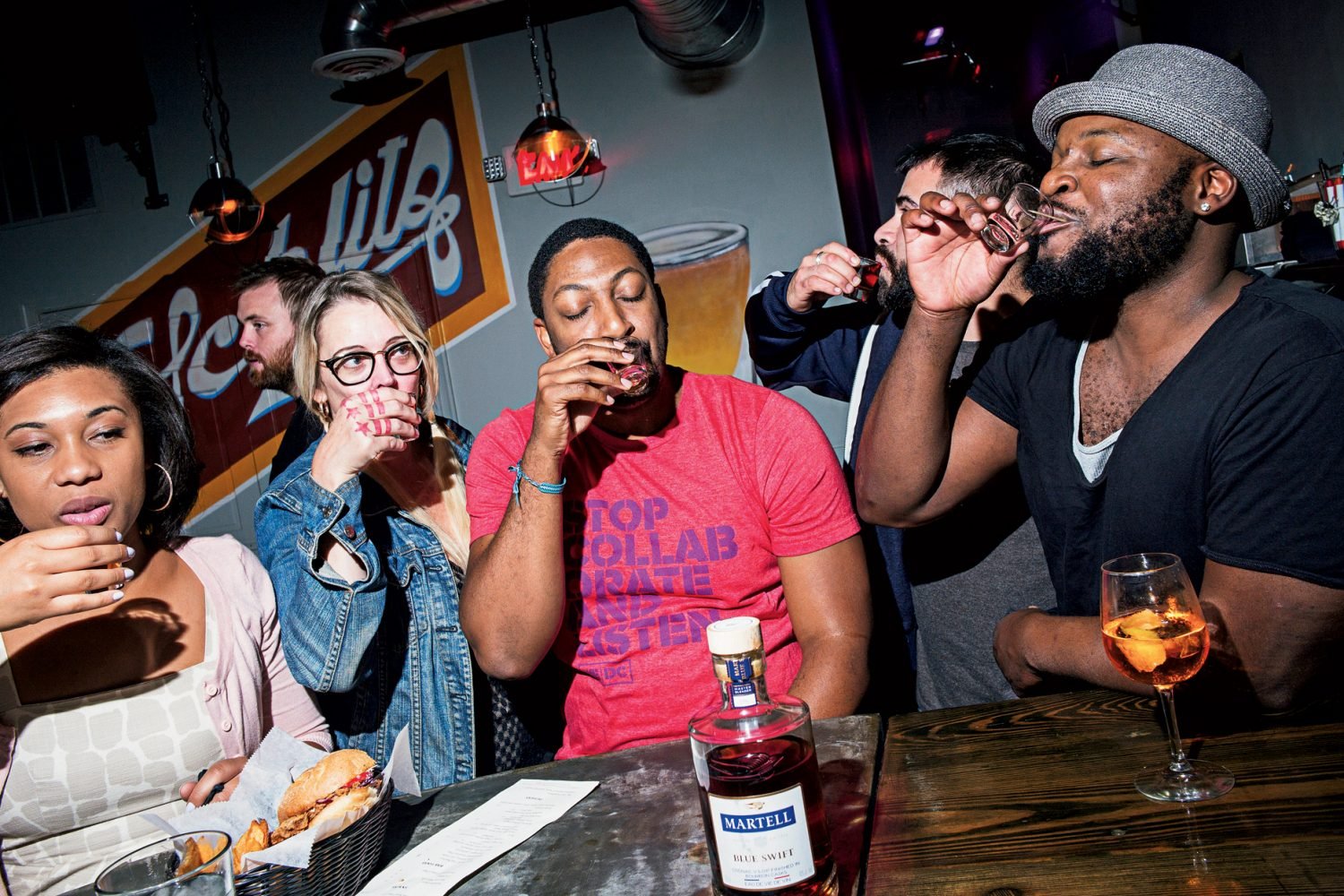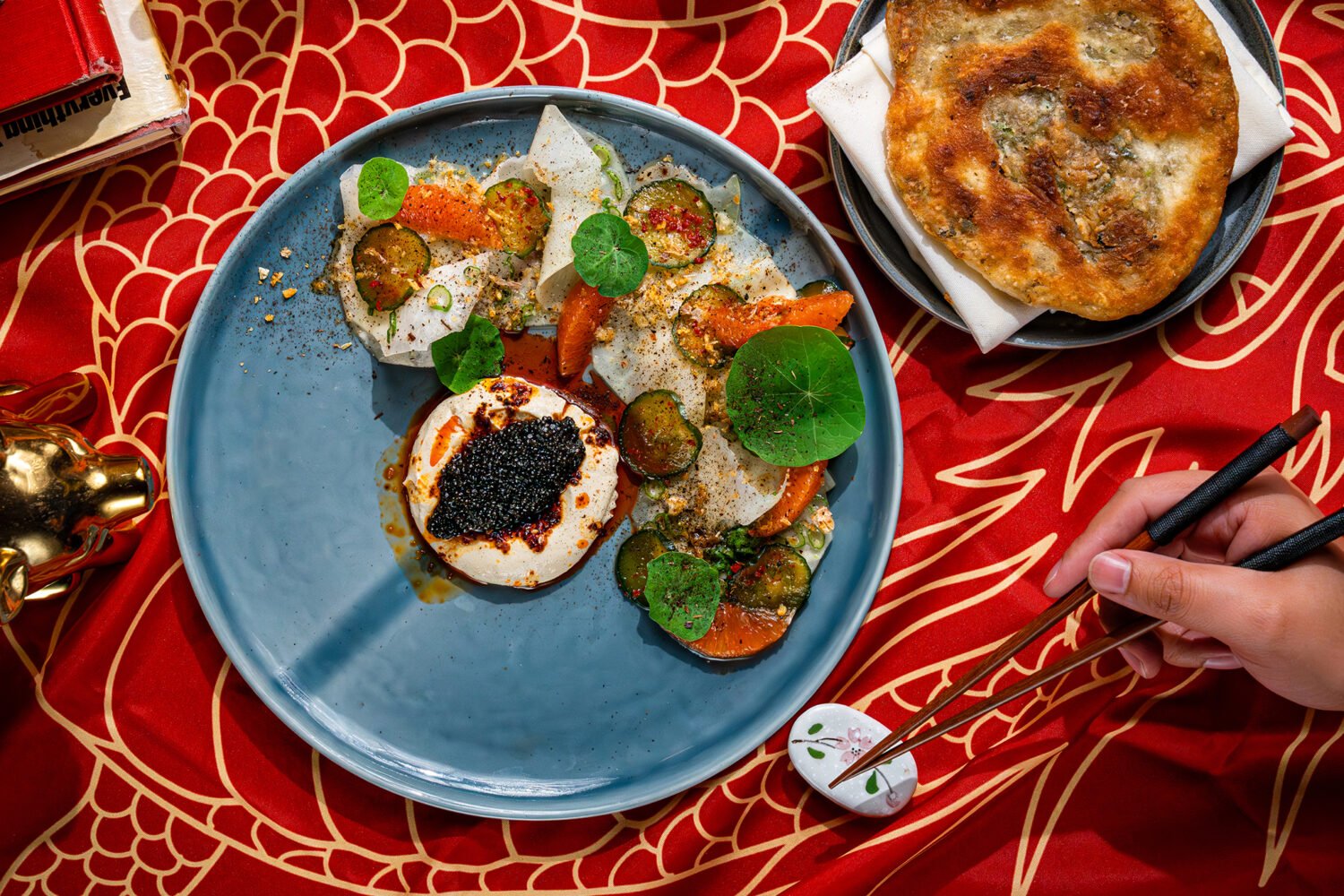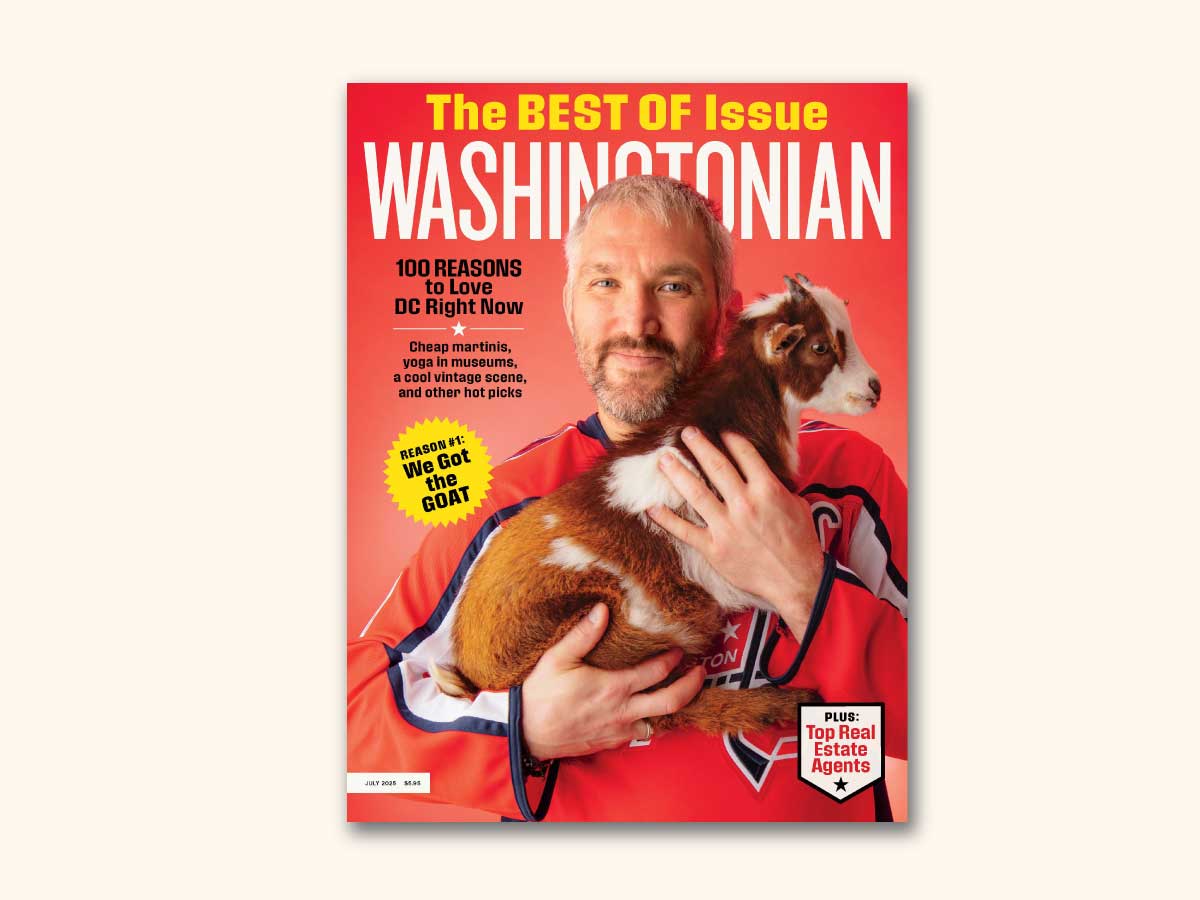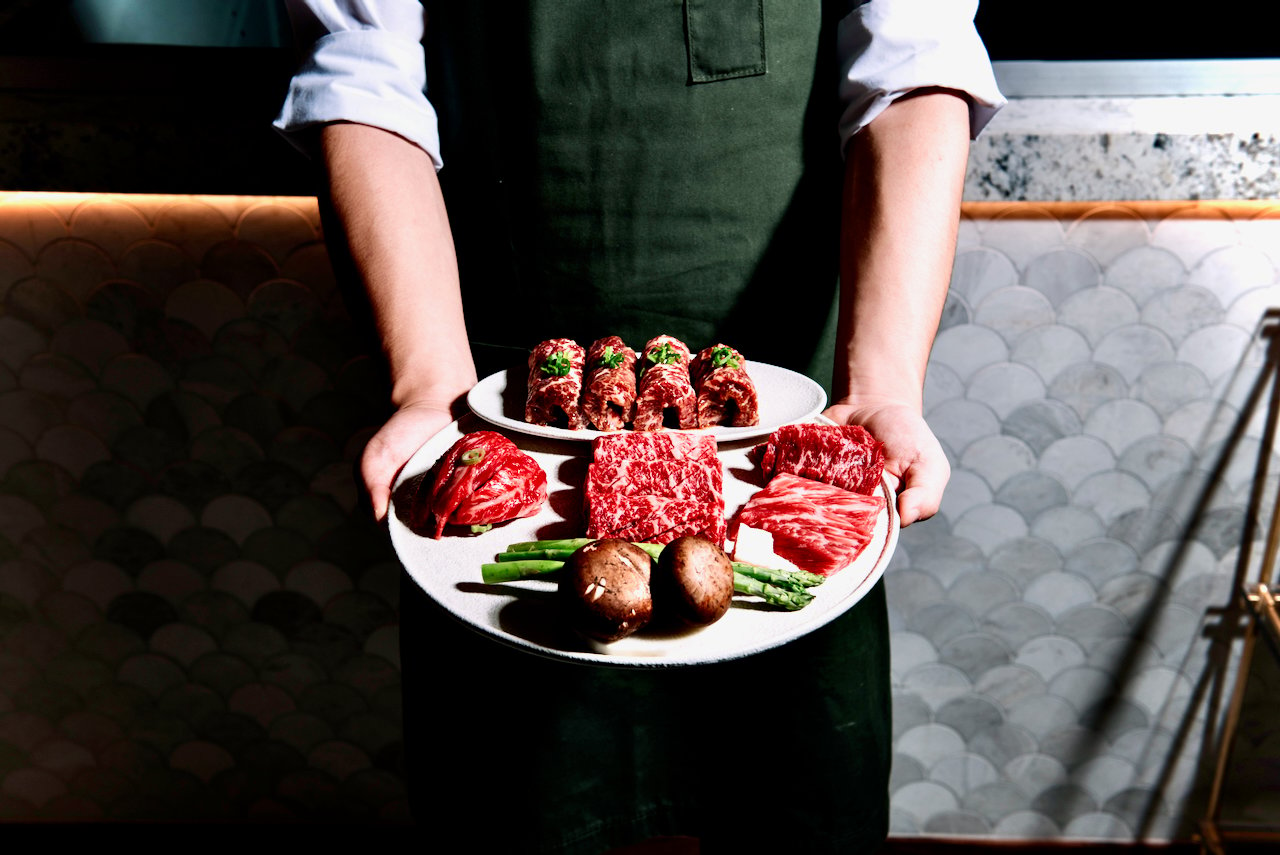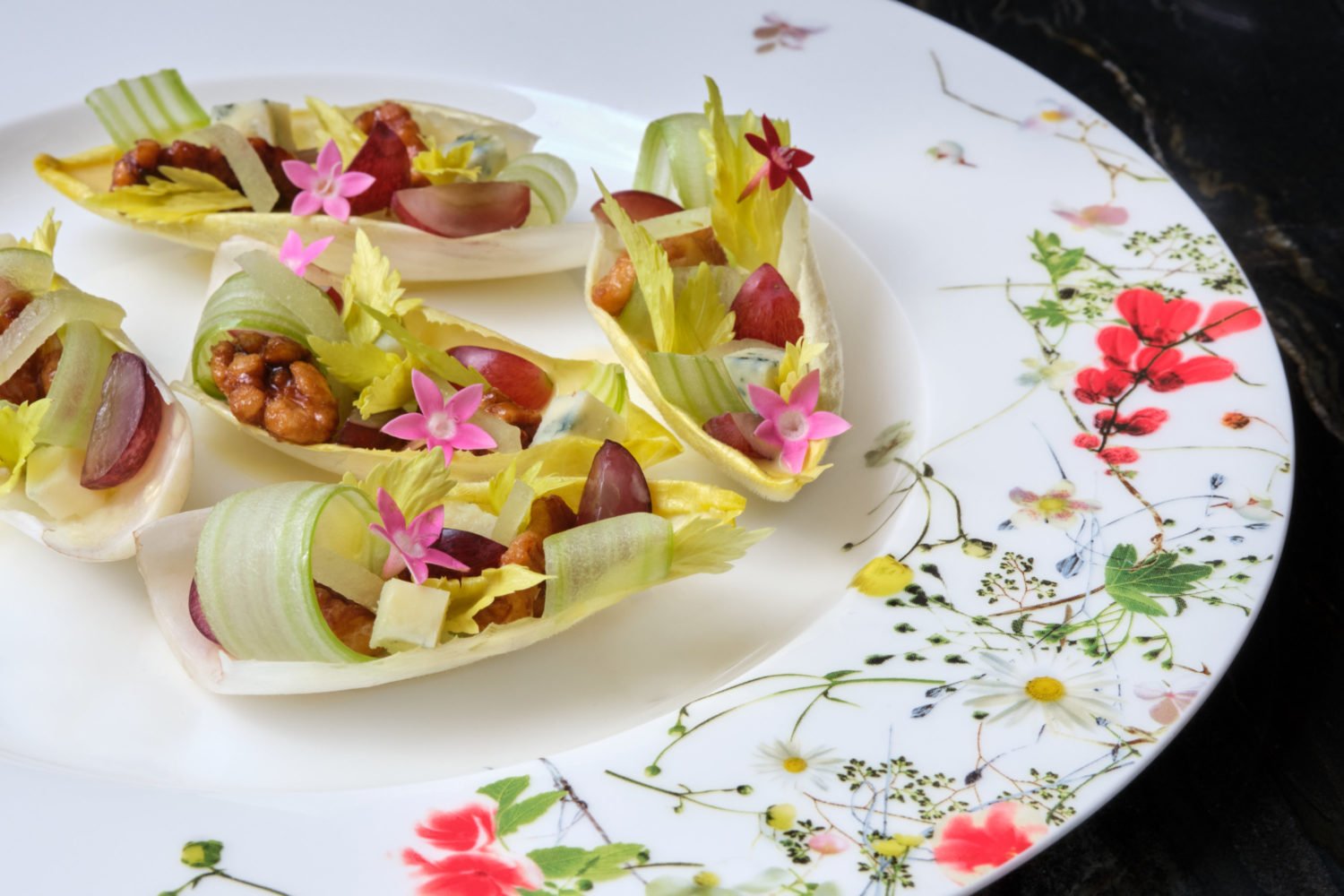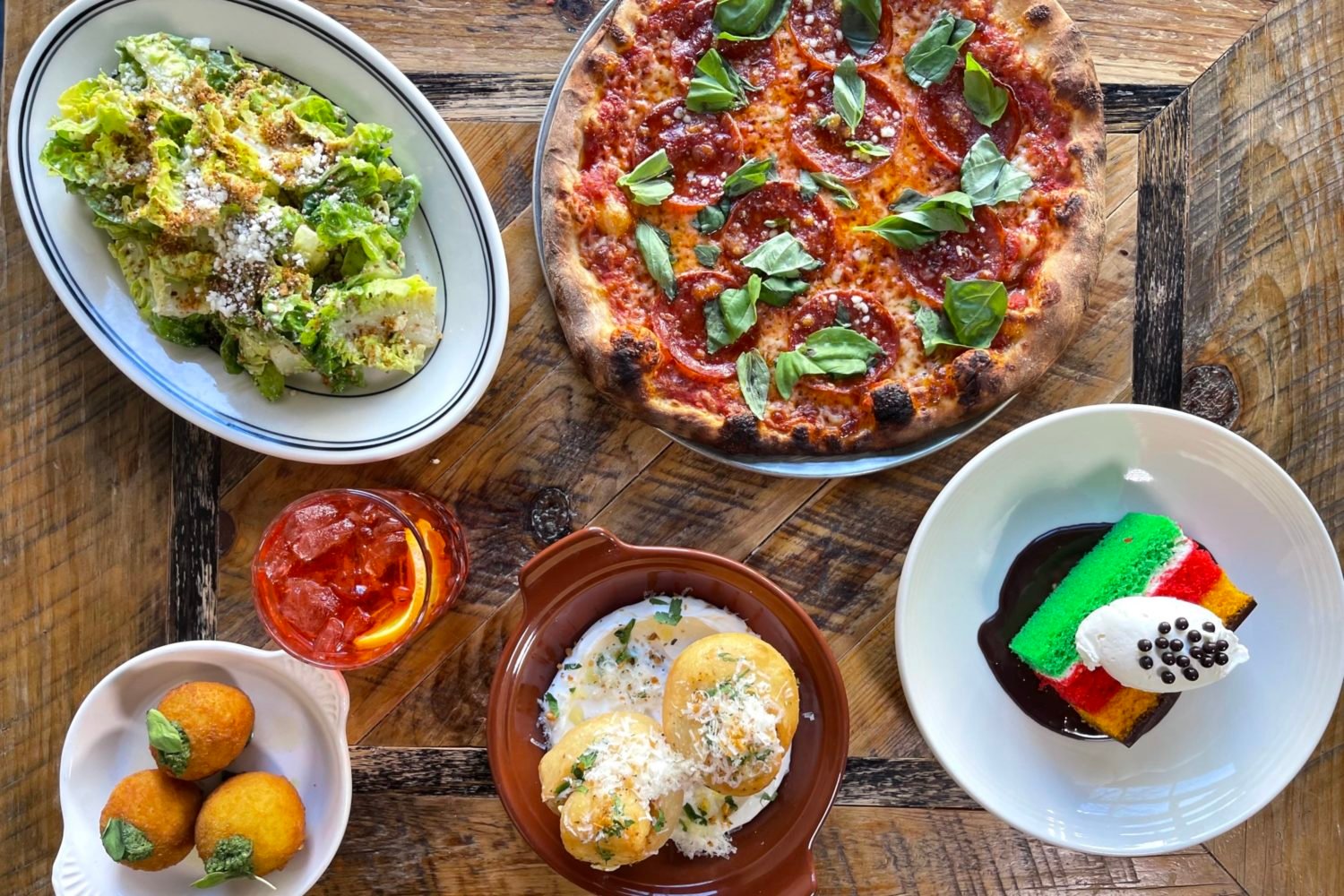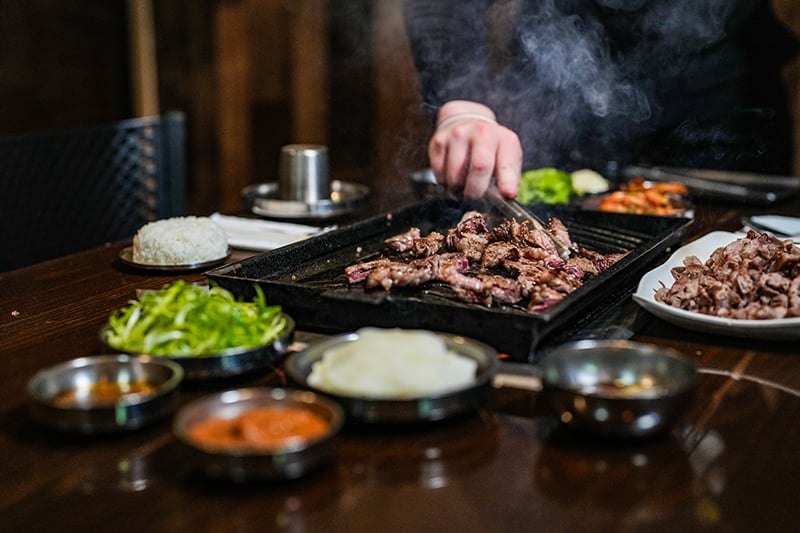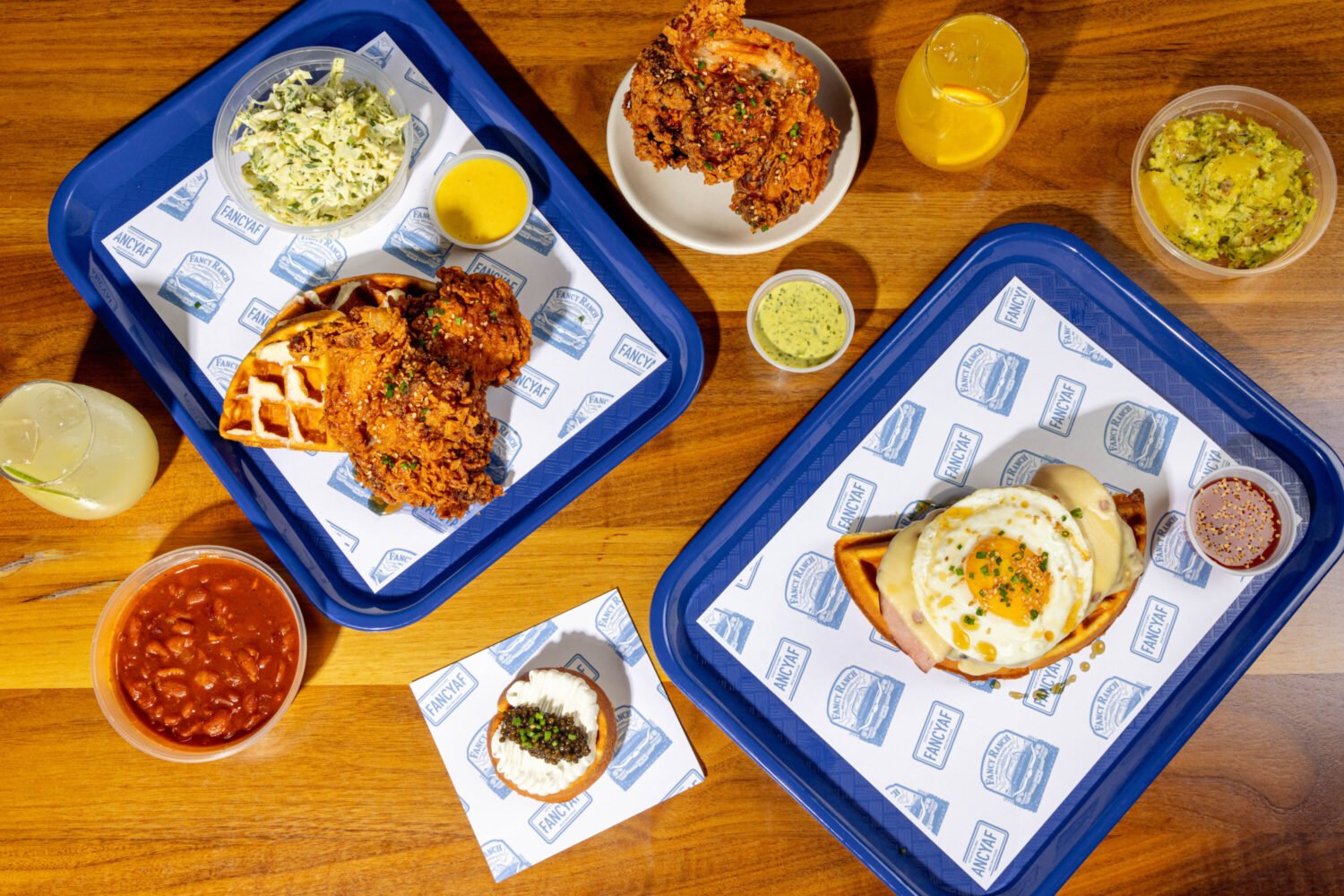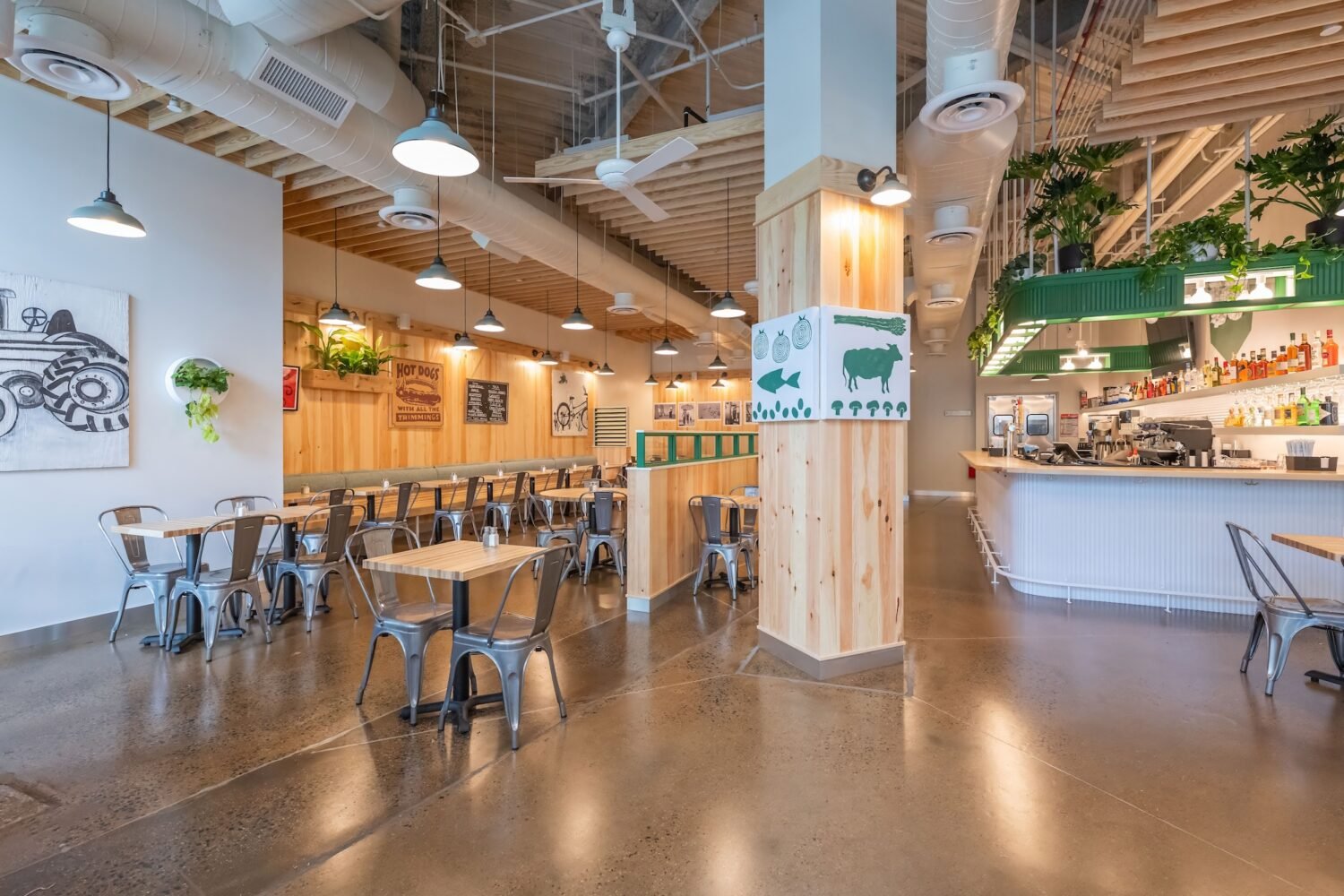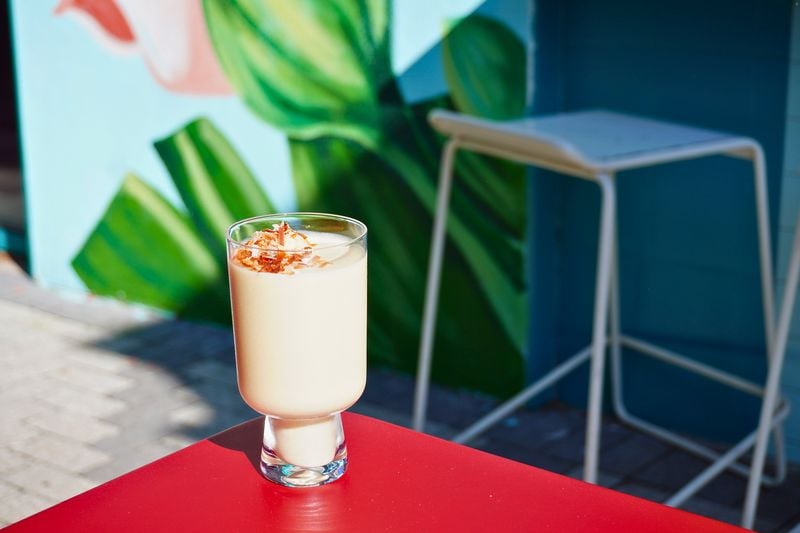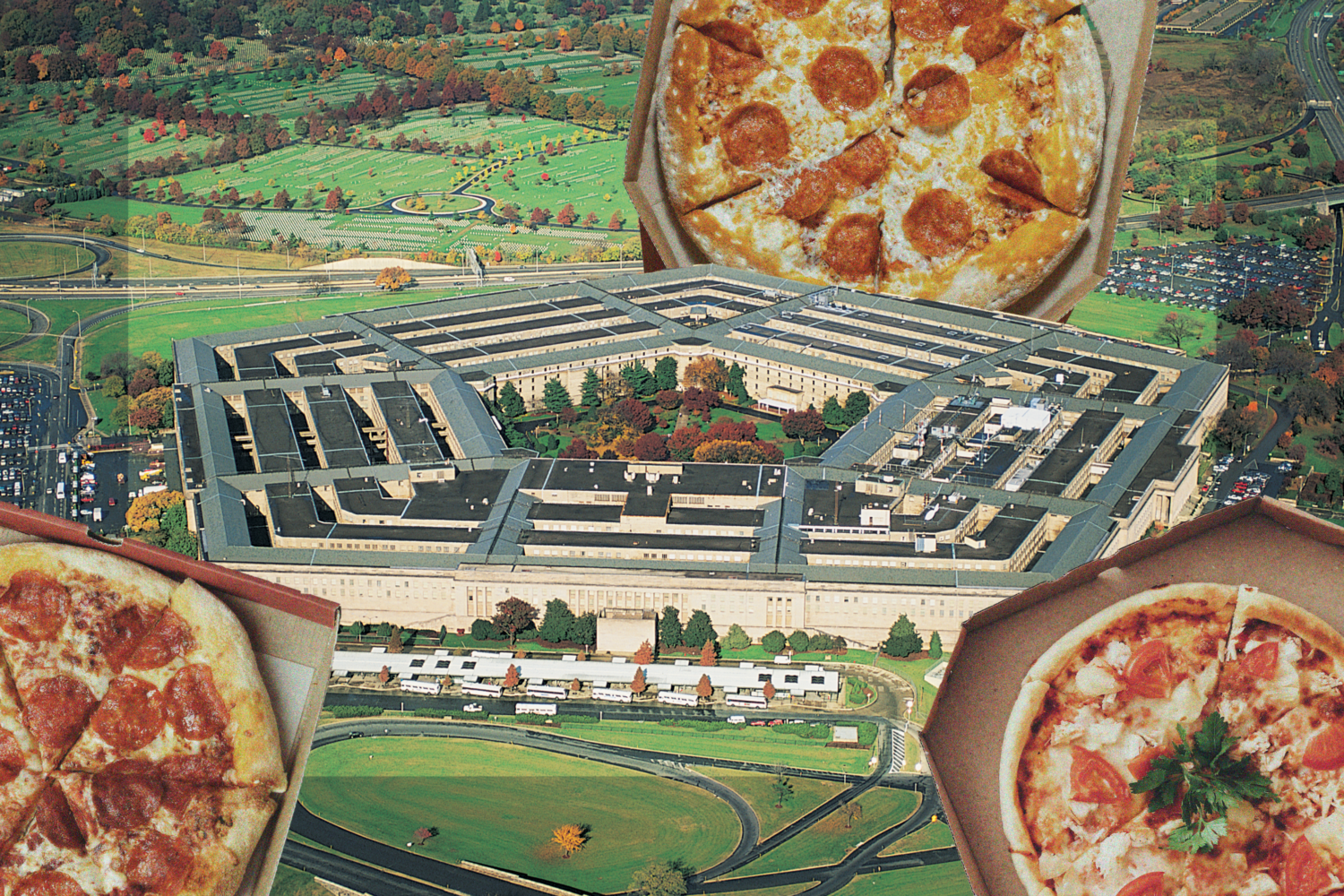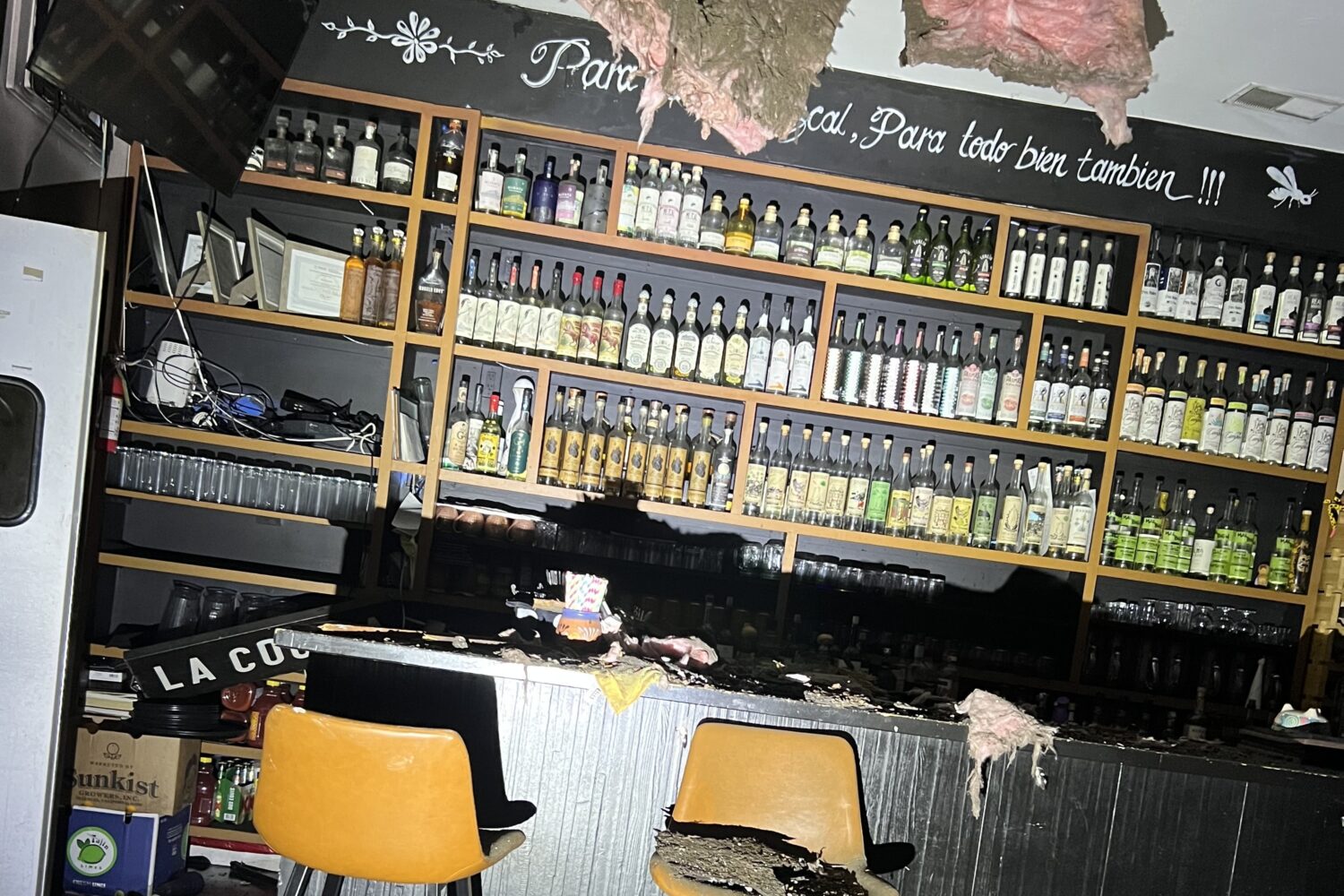Ask avid restaurant-goers what they think about Restaurant Week, and you’ll likely get some version of an eye roll. There’s a tendency to treat the promotion with disdain—and not without cause.
For people who dine out on a regular basis, Restaurant Week is viewed on par with Valentine’s Day: a time to avoid packed dining rooms and “special” menus that typically aren’t as good as the regular ones (hence the nickname, “amateur hour”). The latter is especially true for Restaurant Week, where the whole promotion is geared around serving lower-cost items. In the past, there’s been an abundance of salads, soups, ice cream, and cheaper proteins like chicken and farmed salmon. Many prix-fixe menus weren’t worth the $35 price tag at dinner, which can be more like $60 after adding a glass of wine, sales tax, and a 20 percent tip. (Certain restaurateurs agree.)
But here’s the thing: Restaurant Week doesn’t suck anymore, as much as people still like to complain about it. Given Washington’s current dining scene, it’s actually a great time to snag a table.
Much of the benefit has to do with price. It’s getting more expensive to dine out in Washington, because it’s also getting more expensive to operate a restaurant in Washington—think escalating food costs, labor/minimum wage increases, and rising rents (among other factors). Whereas three-course lunches for $22 and dinners for $35 have always seemed like great deals at fine dining spots like Fiola Mare and Rasika, they’ve also become decent values at the growing class of ambitious (and fairly pricey) neighborhood eateries like Kyirisan and Espita Mezcaleria.
In terms of seeking out value, the $22 three-course Restaurant Week lunch has always been considered the better candidate. That feels more true than ever given the fast-casual boom, where you can easily drop $18 on a customizable poke bowl and Spindrift seltzer —and still eat at your desk. For just a few dollars more, you could visit Sushi Taro (as I just did) for a serene and very filling afternoon meal of chilled somen noodles with shrimp and mushrooms, a beautiful array of sushi and rolls, homemade mochi, and complimentary green tea. The Restaurant Association Metropolitan Washington, which sponsors Washington’s largest Restaurant Week promotions in winter and summer, added another good option: $22 brunches. Several eateries like the Riggsby and Baba include a brunch cocktail or coffee, so you can make a complete meal with fewer add-on fees.
Of course, there will always be sad Restaurant Week menus with limited options and lackluster entrees like grilled chicken breast and ravioli. But increasingly, the promotional prix-fixes seem worthy of a diner’s dollars. Look at Maketto, which serves three savory courses—no cheap dessert here—including beloved classics like the pork buns and fried chicken. Or Convivial, which offers a bounty of choices in five categories, from appetizers to a cheese course.
Restaurant Week started as a way to entice diners into seats during notoriously slow periods in the year: February (post-holiday crush) and sleepy mid-August. Now that Washington has experienced a restaurant boom, with hundreds of new options over the past two years, restaurateurs are competing for customer’s dollars—and attention—more and more. That doesn’t stop with Restaurant Week. If anything, it’s more important than ever.
This post has been updated to reflect restaurant closures.

